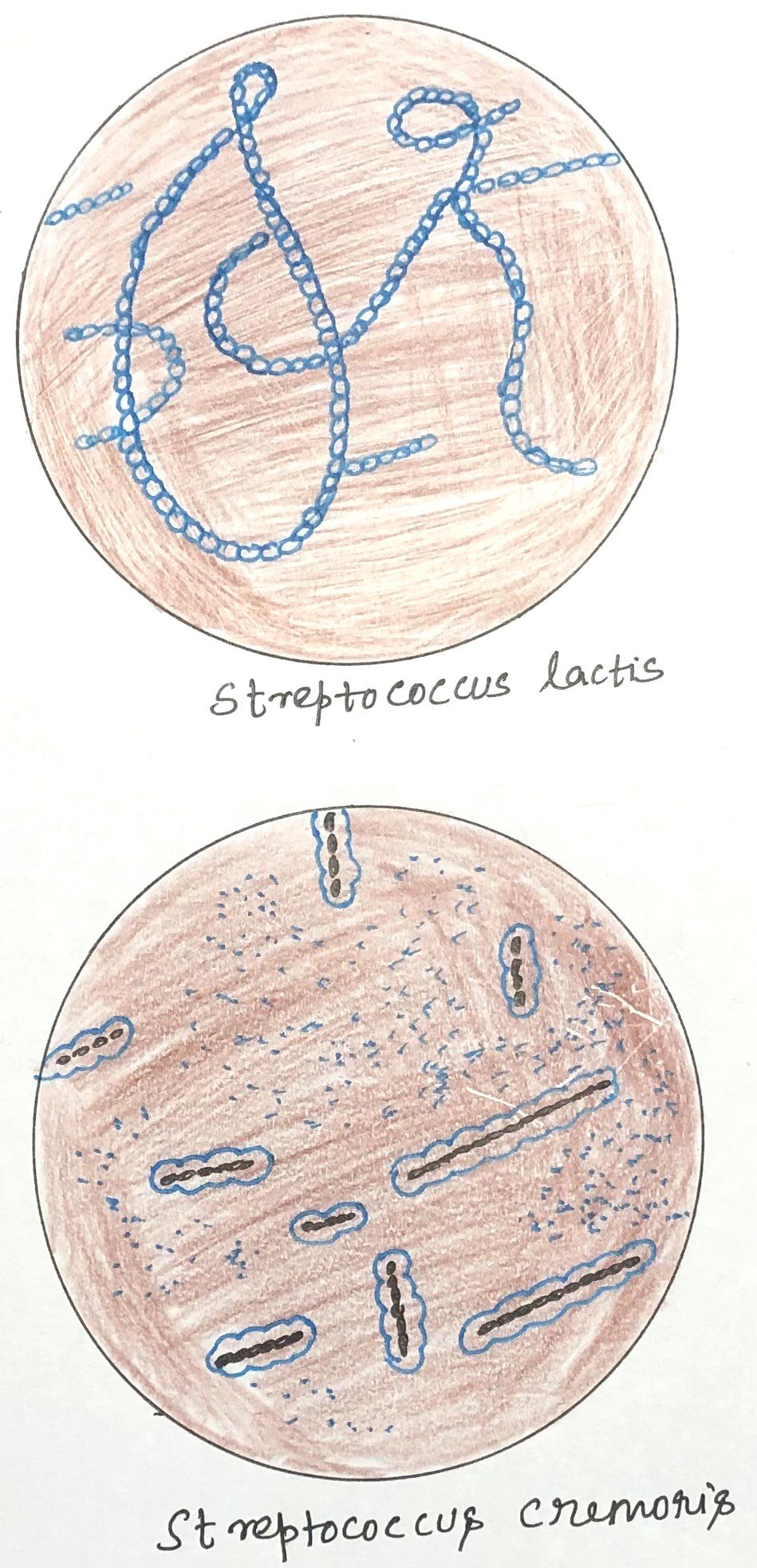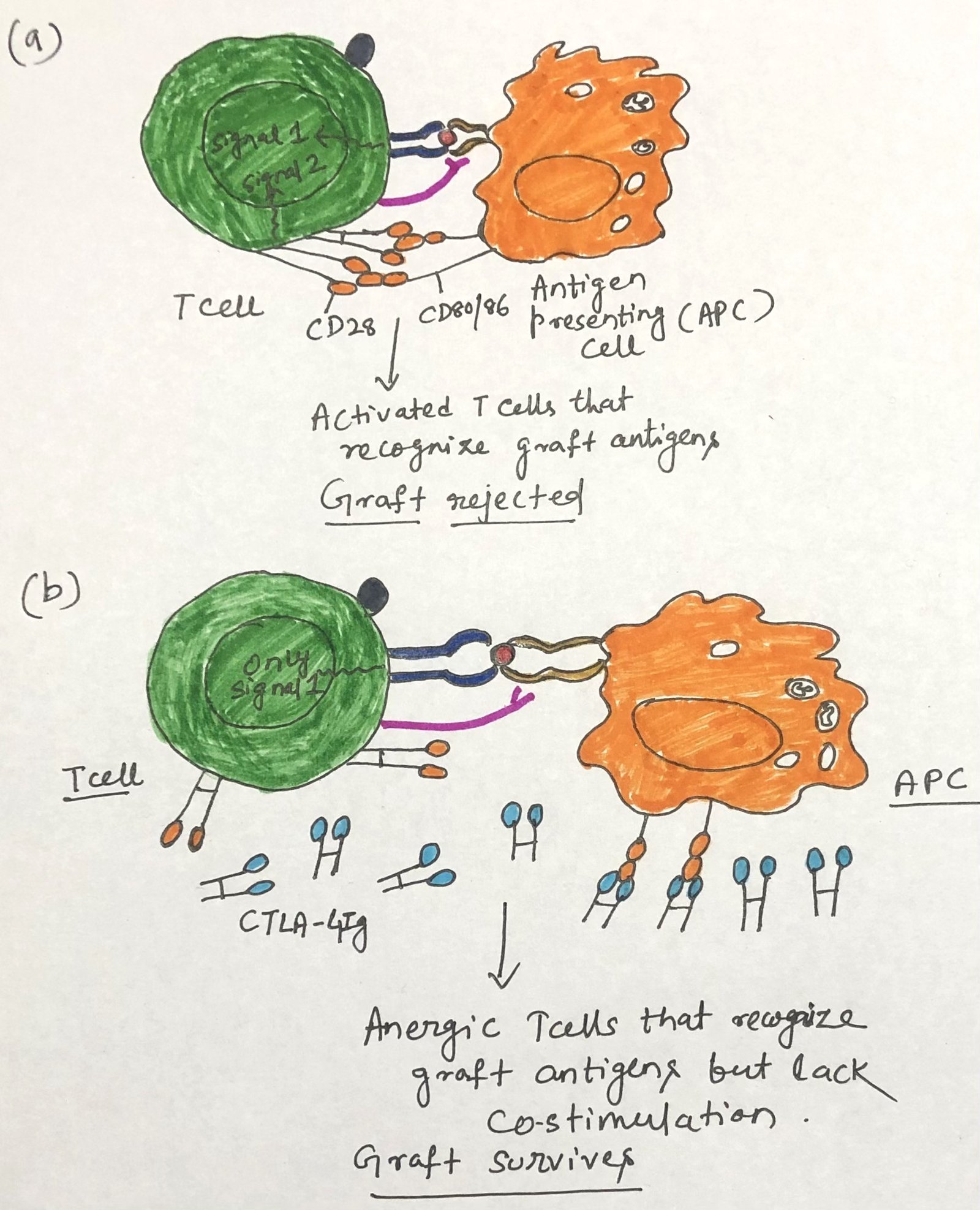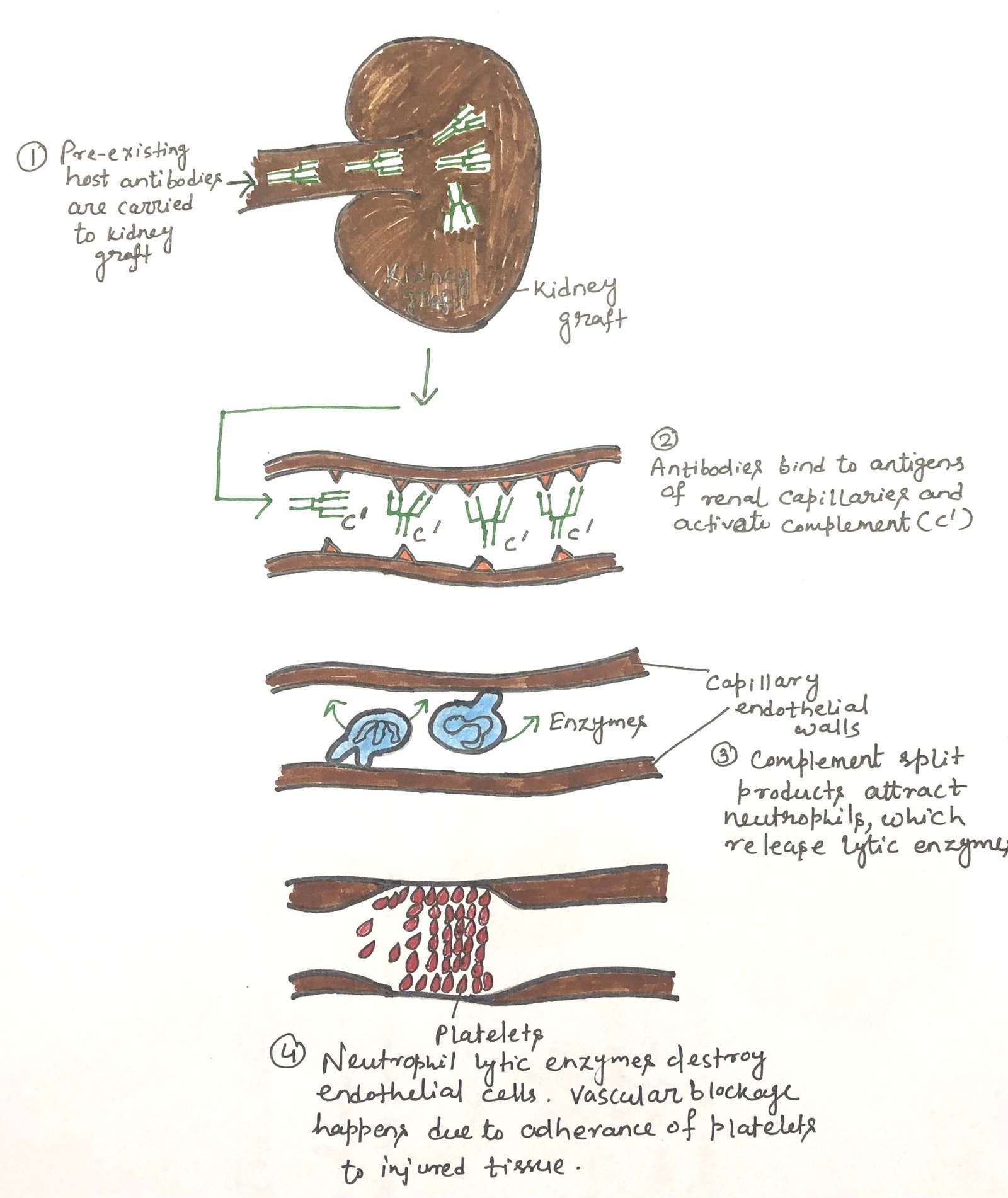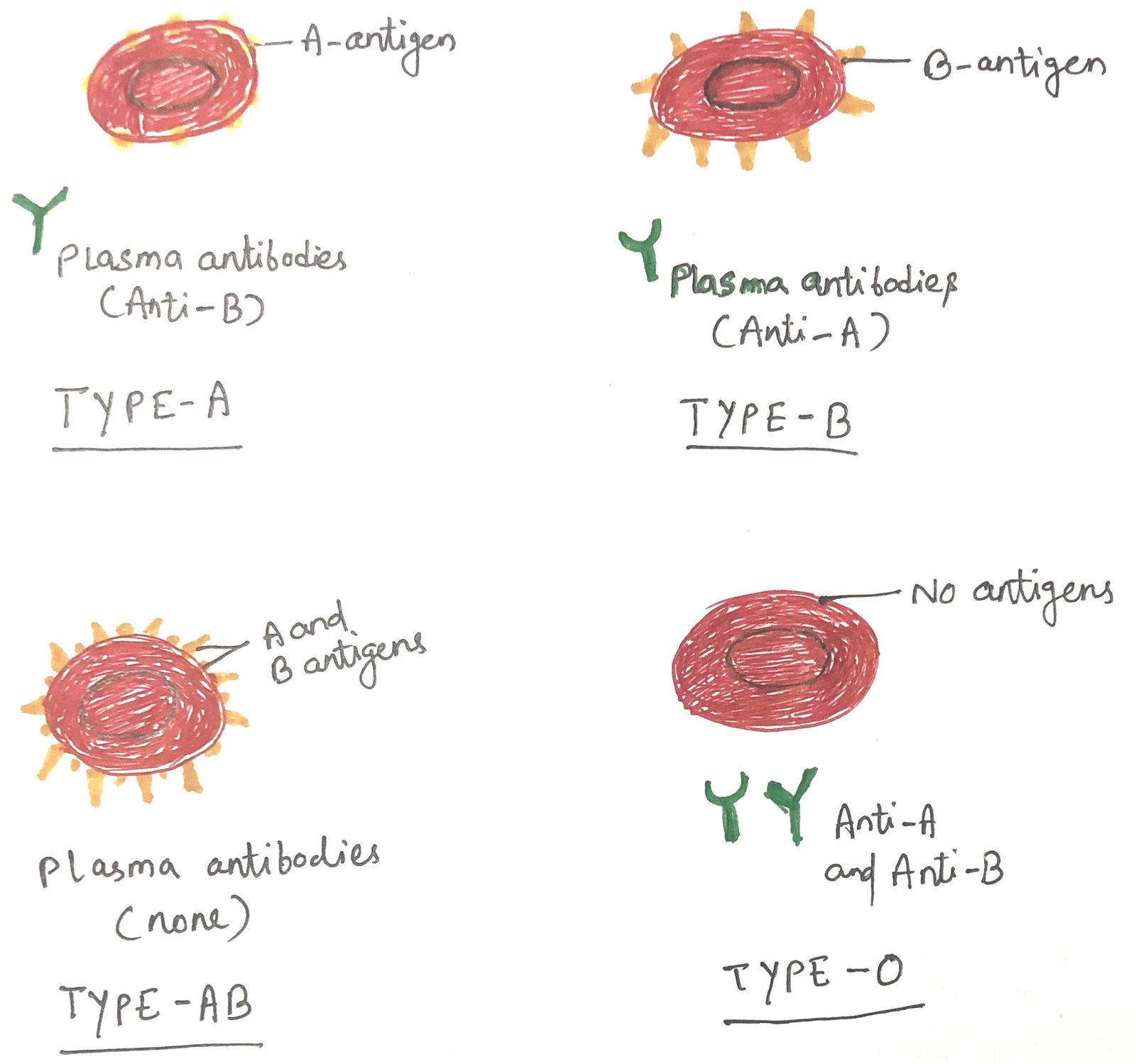Cholesterol Transport and Lipoprotein Metabolism
In this article, I provide a brief overview of the major pathways involved in cholesterol transport and lipoprotein metabolism, which regulate lipid distribution and homeostasis in humans. Cholesterol plays a crucial role in numerous biological processes, yet its movement within the body requires specialized transport systems. Lipoproteins enable the circulation of cholesterol and other lipids … Read more >>








